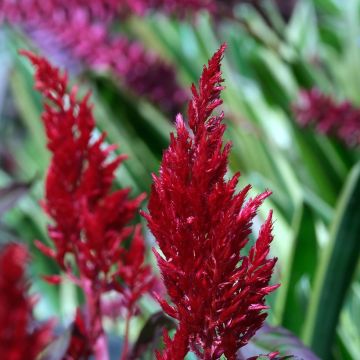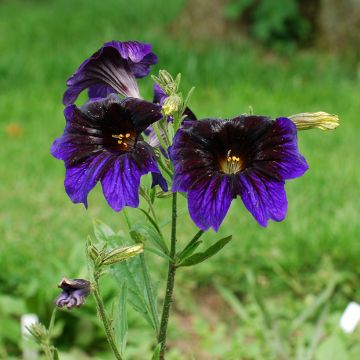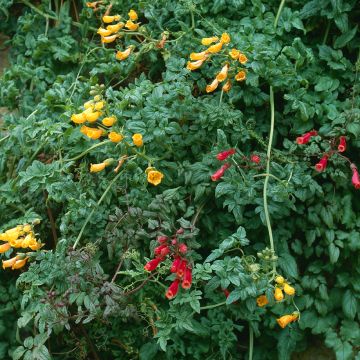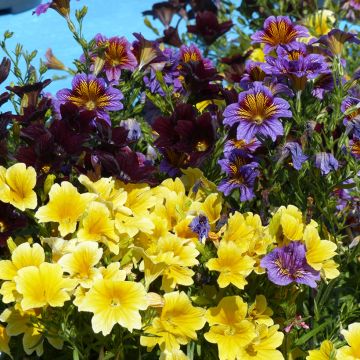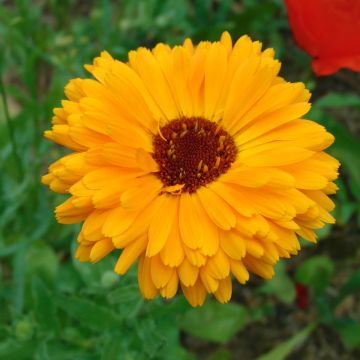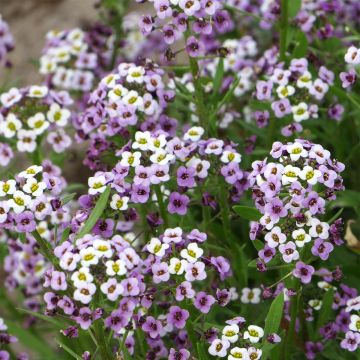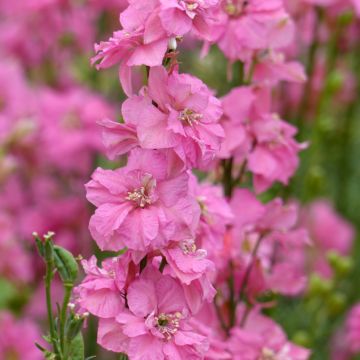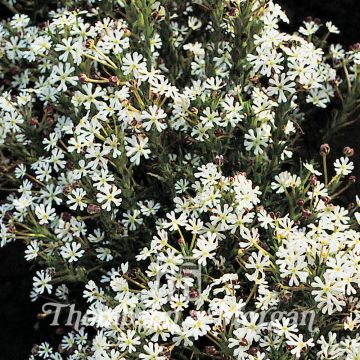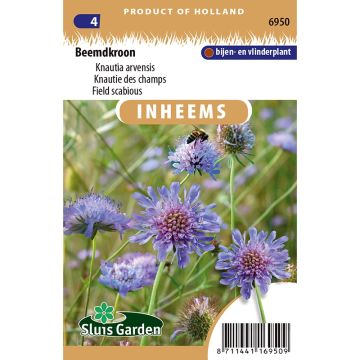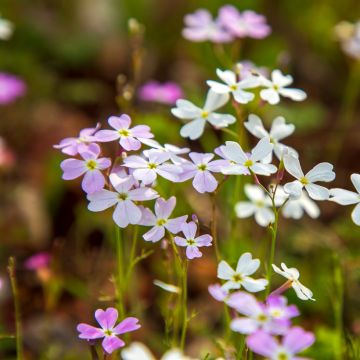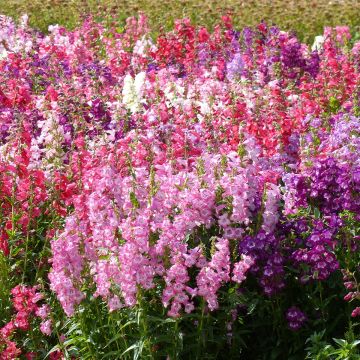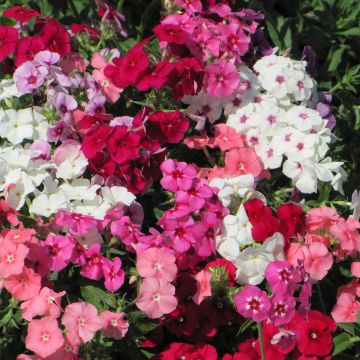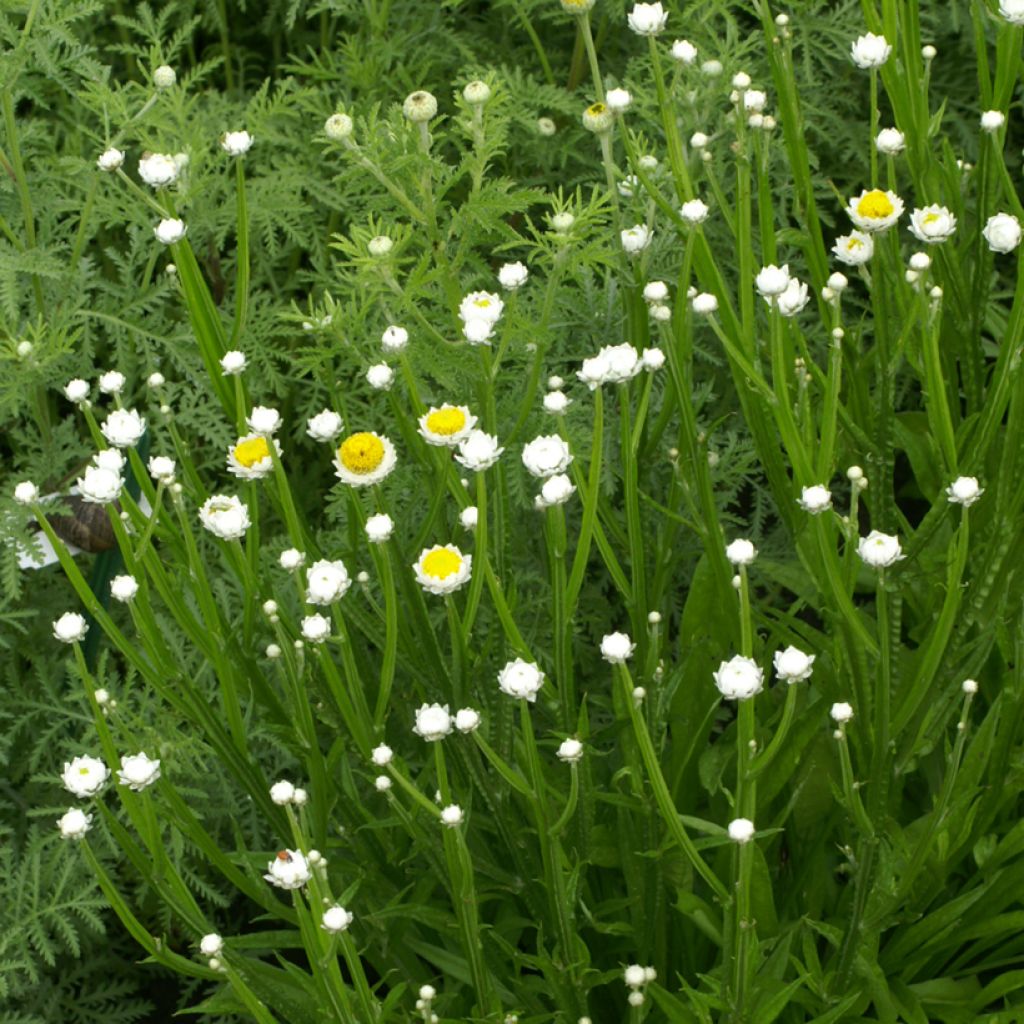

Ammobium alatum Grandiflorum
Ammobium alatum Grandiflorum
Ammobium alatum Grandiflorum
Special offer!
Receive a €20 voucher for any order over €90 (excluding delivery costs, credit notes, and plastic-free options)!
1- Add your favorite plants to your cart.
2- Once you have reached €90, confirm your order (you can even choose the delivery date!).
3- As soon as your order is shipped, you will receive an email containing your voucher code, valid for 3 months (90 days).
Your voucher is unique and can only be used once, for any order with a minimum value of €20, excluding delivery costs.
Can be combined with other current offers, non-divisible and non-refundable.
Home or relay delivery (depending on size and destination)
Schedule delivery date,
and select date in basket
This plant carries a 6 months recovery warranty
More information
We guarantee the quality of our plants for a full growing cycle, and will replace at our expense any plant that fails to recover under normal climatic and planting conditions.
Would this plant suit my garden?
Set up your Plantfit profile →
Description
The Ammobium alatum 'Grandiflorum' is a herbaceous plant also known as Winged Everlasting or Sand Everlasting. Native to Australia, it is a perennial cultivated as an annual in our region. It forms a rosette of lanceolate, woolly white to silvery-gray foliage, from which medium-sized stems rise in summer bearing small white flower heads, with several rows of ligules, surrounding a prominent yellow centre. It is grown in full sun in poor, light, well-drained, sandy soil.
The winged everlasting belongs to the Asteraceae family. It is native to Australia, specifically New South Wales and Queensland, where it grows in sparse woods. The plant forms a rosette of lanceolate leaves, with a woolly white appearance giving a silvery-gray aspect, which can reach 20 cm long. The branching stems, of bright green colour, rise and can reach about 60 cm in height. They bear clusters of very fine flower heads, each 3 cm in diameter, with numerous white ligules surrounding a round, yellow centre composed of tiny tubular flowers. The melliferous flowers attract bees, butterflies, and other pollinating insects. Flowering occurs from July to October. The plant can tolerate brief frosts down to -5°C provided the soil is dry.
The Ammobium alatum 'Grandiflorum' prefers light, sandy, poor, well-drained, and dry soils. Grow it in full sun. The flowers are perfect for fresh bouquets as they last a long time. They can also be dried and used in floral arrangements. Use the sand everlasting in borders, flower beds, and rock gardens. Plant it in the foreground alongside California poppies, which also thrive in poor soils, or next to artemisias or shrub salvias in a low-water garden. To make dried bouquets, the flowers should be picked before they fully open, tied together with raffia, and hung upside down in a dark, cool, dry, and well-ventilated room.
Report an error about the product description
Flowering
Foliage
Plant habit
Botanical data
Ammobium
alatum
Grandiflorum
Asteraceae
Cultivar or hybrid
Other Annual flower seeds
View all →Planting and care
Sowing:
Sow from March to early May on the surface of a good seed compost. Germination takes 14 to 20 days at 18-25°C.
They can also be sown directly in the ground in April, at a depth of 6mm, in moist and well-raked soil, spacing the seeds 25cm apart.
Transplant the young plants into 8cm diameter pots or trays and let them grow in cooler conditions. Once they are well established, acclimatise them to outdoor conditions for 10–15 days and plant them outside in May, once all risk of frost has passed. Space the plants 30cm apart. Choose a sunny location with well-drained soil.
Cultivation:
Very easy to grow, this plant does not require any specific maintenance. It can thrive in poor, light, well-drained soil, but it requires plenty of sunlight to flourish.
Sowing period
Intended location
Planting & care advice
This item has not been reviewed yet - be the first to leave a review about it.
Similar products
Haven't found what you were looking for?
Hardiness is the lowest winter temperature a plant can endure without suffering serious damage or even dying. However, hardiness is affected by location (a sheltered area, such as a patio), protection (winter cover) and soil type (hardiness is improved by well-drained soil).

Photo Sharing Terms & Conditions
In order to encourage gardeners to interact and share their experiences, Promesse de fleurs offers various media enabling content to be uploaded onto its Site - in particular via the ‘Photo sharing’ module.
The User agrees to refrain from:
- Posting any content that is illegal, prejudicial, insulting, racist, inciteful to hatred, revisionist, contrary to public decency, that infringes on privacy or on the privacy rights of third parties, in particular the publicity rights of persons and goods, intellectual property rights, or the right to privacy.
- Submitting content on behalf of a third party;
- Impersonate the identity of a third party and/or publish any personal information about a third party;
In general, the User undertakes to refrain from any unethical behaviour.
All Content (in particular text, comments, files, images, photos, videos, creative works, etc.), which may be subject to property or intellectual property rights, image or other private rights, shall remain the property of the User, subject to the limited rights granted by the terms of the licence granted by Promesse de fleurs as stated below. Users are at liberty to publish or not to publish such Content on the Site, notably via the ‘Photo Sharing’ facility, and accept that this Content shall be made public and freely accessible, notably on the Internet.
Users further acknowledge, undertake to have ,and guarantee that they hold all necessary rights and permissions to publish such material on the Site, in particular with regard to the legislation in force pertaining to any privacy, property, intellectual property, image, or contractual rights, or rights of any other nature. By publishing such Content on the Site, Users acknowledge accepting full liability as publishers of the Content within the meaning of the law, and grant Promesse de fleurs, free of charge, an inclusive, worldwide licence for the said Content for the entire duration of its publication, including all reproduction, representation, up/downloading, displaying, performing, transmission, and storage rights.
Users also grant permission for their name to be linked to the Content and accept that this link may not always be made available.
By engaging in posting material, Users consent to their Content becoming automatically accessible on the Internet, in particular on other sites and/or blogs and/or web pages of the Promesse de fleurs site, including in particular social pages and the Promesse de fleurs catalogue.
Users may secure the removal of entrusted content free of charge by issuing a simple request via our contact form.
The flowering period indicated on our website applies to countries and regions located in USDA zone 8 (France, the United Kingdom, Ireland, the Netherlands, etc.)
It will vary according to where you live:
- In zones 9 to 10 (Italy, Spain, Greece, etc.), flowering will occur about 2 to 4 weeks earlier.
- In zones 6 to 7 (Germany, Poland, Slovenia, and lower mountainous regions), flowering will be delayed by 2 to 3 weeks.
- In zone 5 (Central Europe, Scandinavia), blooming will be delayed by 3 to 5 weeks.
In temperate climates, pruning of spring-flowering shrubs (forsythia, spireas, etc.) should be done just after flowering.
Pruning of summer-flowering shrubs (Indian Lilac, Perovskia, etc.) can be done in winter or spring.
In cold regions as well as with frost-sensitive plants, avoid pruning too early when severe frosts may still occur.
The planting period indicated on our website applies to countries and regions located in USDA zone 8 (France, United Kingdom, Ireland, Netherlands).
It will vary according to where you live:
- In Mediterranean zones (Marseille, Madrid, Milan, etc.), autumn and winter are the best planting periods.
- In continental zones (Strasbourg, Munich, Vienna, etc.), delay planting by 2 to 3 weeks in spring and bring it forward by 2 to 4 weeks in autumn.
- In mountainous regions (the Alps, Pyrenees, Carpathians, etc.), it is best to plant in late spring (May-June) or late summer (August-September).
The harvesting period indicated on our website applies to countries and regions in USDA zone 8 (France, England, Ireland, the Netherlands).
In colder areas (Scandinavia, Poland, Austria...) fruit and vegetable harvests are likely to be delayed by 3-4 weeks.
In warmer areas (Italy, Spain, Greece, etc.), harvesting will probably take place earlier, depending on weather conditions.
The sowing periods indicated on our website apply to countries and regions within USDA Zone 8 (France, UK, Ireland, Netherlands).
In colder areas (Scandinavia, Poland, Austria...), delay any outdoor sowing by 3-4 weeks, or sow under glass.
In warmer climes (Italy, Spain, Greece, etc.), bring outdoor sowing forward by a few weeks.






























